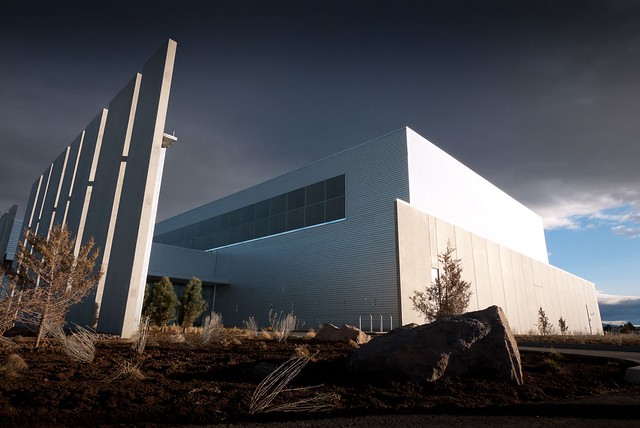
Google has had an impressive record in renewable energy. They invested over $850m dollars in renewable energy projects to do with geothermal, solar and wind energy. They entered into 20 year power purchase agreements with wind farm producers guaranteeing to buy their energy at an agreed price for twenty years giving the wind farms an income stream with which to approach investors about further investment and giving Google certainty about the price of their energy for the next twenty years – a definite win-win.
Google also set up RE < C – an ambitious research project looking at ways to make renewable energy cheaper than coal (unfortunately this project was shelved recently).
And Google set up a company called Google Energy to trade energy on the wholesale market. Google Energy buys renewable energy from renewable producers and when it has an excess over Google’s requirements, it sells this energy and gets Renewable Energy Certificates for it.
All hugely innovative stuff and all instituted under the stewardship of Google’s Green Energy Czar, Bill Weihl (on the right in the photo above).
However Bill, who left Google in November, is now set to start working for Facebook this coming January.
Facebook’s commitment to renewable energy has not been particularly inspiring to-date. They drew criticism for the placement of their Prineville data center because, although it is highly energy efficient, it sources its electricity from PacificCorp, a utility which mines 9.6 million tons of coal every year! Greenpeace mounted a highly visible campaign calling on Facebook to unfriend coal using Facebook’s own platform.
The campaign appears to have been quite successful – Facebook’s latest data center announcement has been about the opening of their latest facility in Lulea, Sweden. The data center, when it opens in 2012, will source most of its energy from renewable sources and the northerly latitudes in Lulea means it will have significant free cooling at its disposal.
Then in December of this year (2011) Facebook and Greenpeace issued a joint statement [PDF] where they say:
Facebook is committed to supporting the development of clean and renewable sources of energy, and our goal is to power all of our operations with clean and renewable energy.
In the statement Facebook commits to adopting a data center siting policy which states a preference for clean and renewable energy and crucially, they also commit to
Engaging in a dialogue with our utility providers about increasing the supply of clean energy that power Facebook data centers
So, not alone will Facebook decide where their future data centers will be located, based on the availability of renewable energy, but Facebook will encourage its existing utility providers to increase the amount of renewables in their mix. This is a seriously big deal as it increases the demand for renewable energy from utilities. As more and more people and companies demand renewable energy, utilities will need to source more renewable generation to meet this demand.
And all of this is before Google’s former Green Energy Czar officially joins Facebook this coming January.
If Bill Weihl can bring the amount of innovation and enthusiasm to Facebook that he engendered in Google, we could see some fascinating energy announcements coming from Facebook in the coming year.
Photo credit Jaymi Heimbuch

